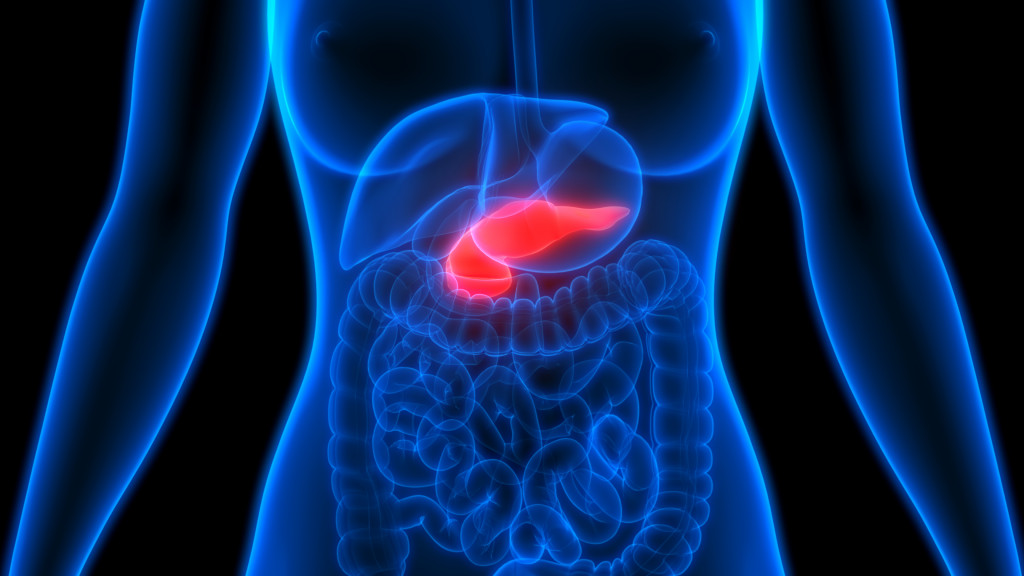Most people know that liver problems can be caused by excessive liquor consumption, but there are a number of other causes and risk factors that can lead to liver damage. In this article, we will explore the different types of liver problems, their causes, risk factors, and treatment.
Types of Liver Problems
Liver problems can be divided into two main categories: chronic and acute.
Chronic liver disease is a long-term condition that gradually worsens over time. The end-stage is cirrhosis where scar tissue replaces normal liver tissues. Because of this, the liver cannot work properly.
Acute liver failure, on the other hand, is a sudden and severe illness that requires immediate treatment.
Risk Factors for Liver Problems
There are a number of different factors that can increase your risk of developing liver problems. These include:
- excessive liquor consumption,
- smoking,
- infections, such as hepatitis B or C,
- obesity,
- diabetes, and
- high levels of cholesterol.
Causes of Liver Problems
There are a variety of different causes of liver problems. These are:
Genetics
Some people are born with genetic defects that make them more susceptible to liver damage.
Liquor Abuse
Excessive liquor consumption is the leading cause of preventable liver disease in the United States. This can lead to a condition called alcoholic fatty liver disease, which is the buildup of fat in the liver.
Viral Hepatitis
Hepatitis A, B, and C are all viruses that can damage the liver.
Autoimmune Hepatitis
This is a condition in which the body’s immune system attacks the liver cells. It causes liver inflammation.
Fatty Liver Disease (Non-Alcoholic)
This is a condition in which the liver cells accumulate fat.

Liver Cancer
This is a rare but serious disease where cancerous tumors develop in the liver.
Toxins
Exposure to certain toxins, such as carbon tetrachloride, can damage the liver.
Medications
Some medications, such as acetaminophen, can damage the liver.
Acute hepatic necrosis
This is the result of acute infections, exposure to toxins, or certain medications. The liver tissues die.
Metabolic Diseases
Metabolic diseases such as Wilson’s disease and hemochromatosis can also lead to liver damage.
Biliary Atresia
This is a rare disease among newborns that affects the bile ducts and the liver.
Symptoms of Liver Problems
Liver problems can cause a variety of different symptoms. These include:
Jaundice
This is a yellowing of the skin and eyes caused by the buildup of bilirubin in the blood.
Itching
This is caused by the release of histamines from damaged liver cells.
Swelling in the Abdomen
This is caused by the accumulation of fluid in the liver.
Nausea and Vomiting
This is often a sign of liver failure.
Dark Urine
This can be a sign of liver damage.
Pale Stools
This can be a sign of liver damage or obstruction in the bile ducts.
Fatigue
This is often a symptom of chronic liver disease.
Weakness
This is also often a symptom of chronic liver disease.
Loss of Appetite
This can be a sign of liver cirrhosis.
Treatment for Liver Problems
Liver problems are treated by a gastrointestinal specialist. The treatment depends on the cause and severity of the condition. In some cases, no treatment is required and the liver will heal itself. However, in most cases, treatment is needed.
Treatment options include:
Medications
There are a number of medications that can be used to treat liver problems. These include antiviral medications, such as interferon, and immunosuppressive medications, such as azathioprine.
Surgery
In some cases, surgery may be necessary to remove damaged liver tissue. Possible complications of liver surgery include bleeding, infection, and the development of scar tissue.
Liver Transplant
In cases of severe liver damage found in the end-stage of chronic liver failure, a liver transplant may be necessary. This is major surgery with a long recovery time. Possible complications of a liver transplant include rejection of the transplant, infection, and blood clots.
There can also be difficulty in finding a donor. A patient has to be placed on a national waiting list. Priority is given to those who need it most urgently.
For partial liver transplants, it is possible to have a living donor because the liver is able to regenerate. The requirement is for the donor to be healthy, with a blood type that matches that of the patient.
Prevention of Liver Problems
There are a number of things you can do to reduce your risk of developing liver problems.
- Limit your alcohol intake.
- Avoid exposure to toxins.
- Choose healthy foods.
- Exercise regularly.
- Get vaccinated for hepatitis A and B.
It is important to seek treatment for liver problems as soon as possible, as they can cause serious health complications. If you think you may be at risk for liver problems, it is important to talk to your doctor. They can help you determine if you need to be tested or if you should make lifestyle changes to reduce your risk. Early detection and treatment of liver problems can help you achieve a successful outcome.
